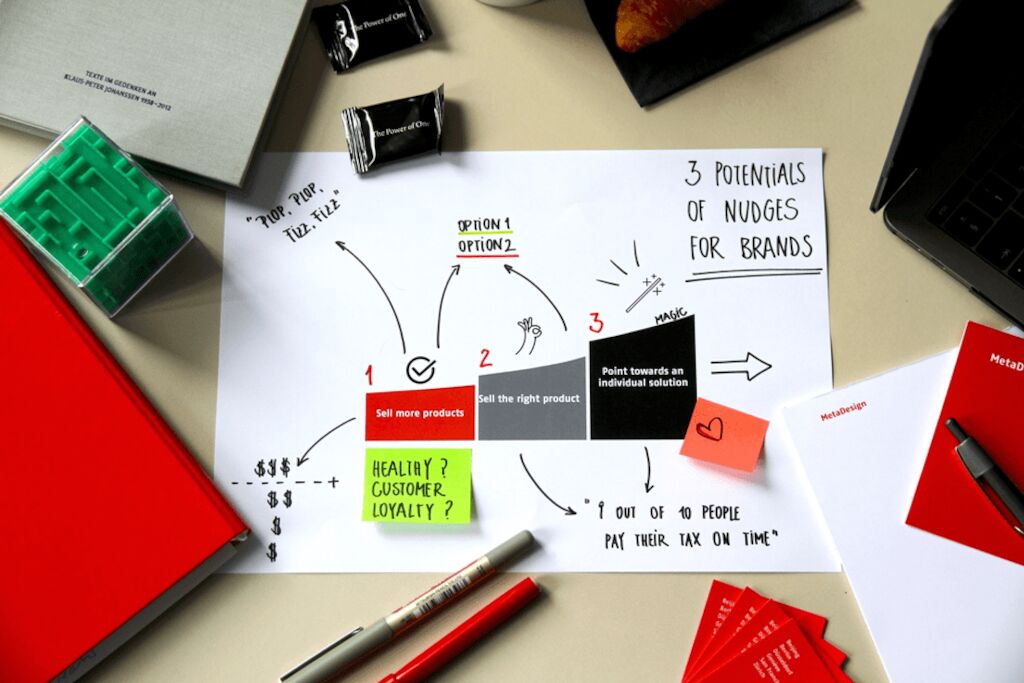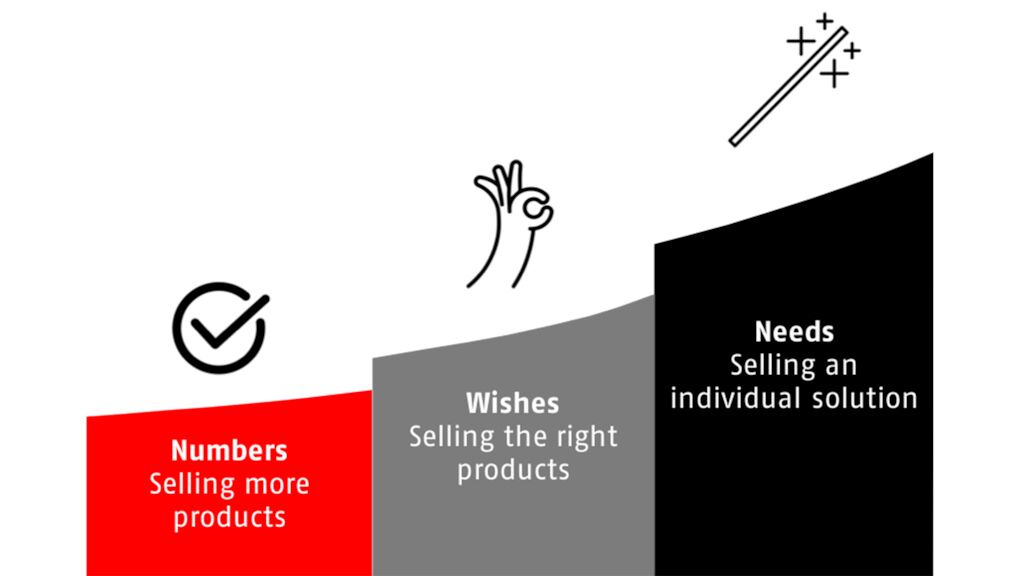In 2017, Richard Thaler was rewarded with the Nobel Prize for Economics. “He makes economic research more human”, declares the official statement. His lifework focuses on the influence of psychology on economic behavior.
But unlike most researchers, Richard Thaler is not just known to the experts in his field. In 2011, he published a book in cooperation with Cass Sunstein, which some of you may know: Nudge. The underlying concept, so called ‘nudging’, is defined as a choice architecture that alters people’s behavior in a predictable way.
For example: We’re trying to sell the pricier of two services to a potential customer. Research shows that including higher-priced items in a selection, boosts sales of the second most expensive item. Instead of offering just two services, we add a third service to our offer that is even more expensive.
From this example alone, the potential and challenge of ‘nudging’ become clear: how to use nudging for simplicity without taking away people’s freedom of choice?
Opportunity and responsibility
Brands play a vital role when it comes to choosing between designing a decision architecture and actively controlling decisions. Not only are a brand’s name and popularity crucial for decision-making, but also their choice of language and colors, for example.
The Massachusetts General Hospital tried to increase healthy decision making in their cafeteria. They marked unhealthy choices in red, healthy choices in green. Without even explaining the colors, the purchases of drinks that were marked green increased by 8%, sales of red drinks dropped 9%. 2 years after implementing these changes, red beverage sales were down by 39%! A notable example of the drastic impact of decision architecture from a simple implementation of color variance.
Using a specific wording to address social norms is another great example of the ‘nudging’ principle.
Many people ignored the growing number of letters sent to them by the British tax office and handed in their tax declaration late. The British tax office therefore added phrases such as “Nine out of ten people pay their tax on time” with the intention of making would-be late-responders feel left out. The rate of on-time tax declaration submissions went up 15% on average!
Many years before the concept of nudging was brought into being, Alka-Seltzer, a producer of fizzy tablets that help with headaches, followed the advice of a psychologist and managed to create a social norm around using two tablets a time. Their famous slogan “Plop, Plop, Fizz, Fizz”, combined with TV advertisement led them to a double in sales!
But despite this being a stroke of genius from an economic perspective, manipulating people on this scale represents a big risk to the image of the company–not to mention to the health of their customers in this case. Would you ever buy another headache pill from Alka-Seltzer if you found out that you had been nudged into a carefully planned decision architecture?
The potential of nudging for brands
As the saying goes, “with great power comes great responsibility”, and in this, nudging is no different. Brands have long been using nudges, yet their full potential has not been reached.

